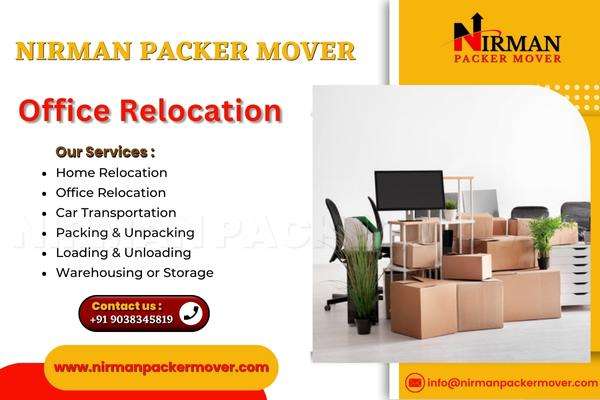Moving to a new place can be daunting, especially when packing and moving your belongings. Long-distance moves, exceptionally, can be stressful as you have to worry about your belongings getting damaged, lost, or stolen during transit. Therefore, it’s essential to consider long-distance moving insurance to safeguard your possessions.
Moving insurance covers your belongings during the move, whether you’re moving across the state, country, or internationally. It’s important to note that most moving companies offer basic liability coverage, typically based on your items’ weight. However, more than this coverage may be needed to cover the total value of your belongings, especially if you have expensive items.
That’s why it’s crucial to research and choose the right moving insurance policy that suits your needs. Full-value protection is an option that covers the total value of your belongings, meaning you’ll be compensated for the full replacement value if your items are damaged, lost, or stolen. On the other hand, released-value protection is based on the weight of your items, and the compensation is limited to a certain amount per pound. Therefore, it’s essential to understand the limitations of each policy and choose one that gives you adequate coverage.
In addition to the above policies, you can opt for third-party insurance coverage to cover items not included in your primary insurance policy. For instance, if you have valuable jewelry, antiques, or artwork, you can opt for an additional policy that covers these items to ensure they’re fully protected during the move.
In conclusion, long-distance moving insurance is critical when protecting your belongings during a move. It’s important to research different insurance policies, choose one that suits your needs, and ensure adequate coverage. This way, you can have peace of mind knowing that your belongings are protected, and you won’t have to pay out of pocket for any damages or losses that may occur during transit.
Long-distance moving insurance protects your belongings during transit. It can cover damages caused by accidents or mishandling by the movers. With insurance, you may be able to repair or replace damaged items. Different types of insurance coverage are available, ranging from basic liability coverage to full-value protection.
Basic liability coverage is usually included in the moving cost but only covers a small percentage of the item’s value. On the other hand, full-value protection covers the total replacement value of the item. Before choosing an insurance policy, it’s essential to read the terms and conditions carefully.
Make sure you understand what is covered and what is not. It would be best to take an inventory of your belongings and their value to ensure adequate coverage.























